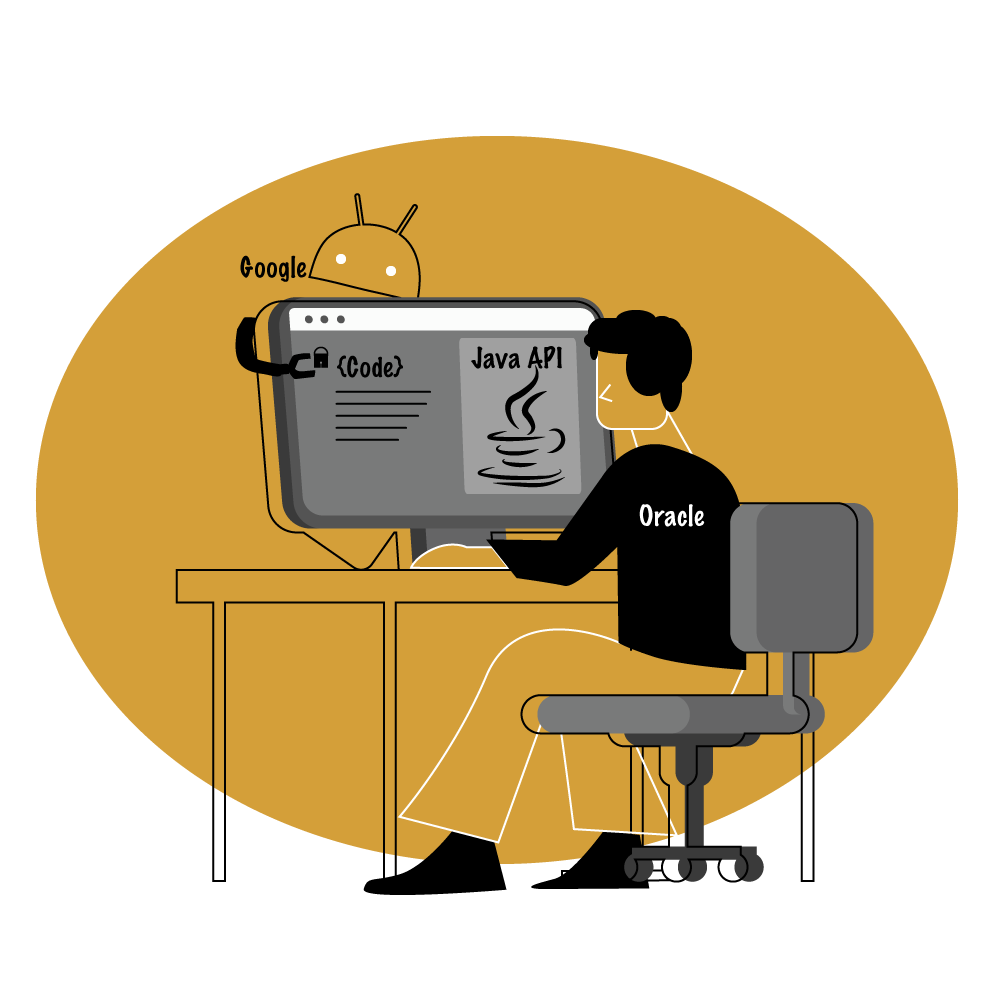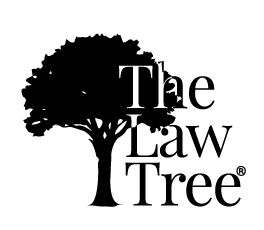Google V. Oracle – Applying The Fair Use Doctrine Under The USA Copyright Law

The copyright tussle between Google and Oracle
In the month of April, 2021, a 10-year long legal battle between Google v. Oracle came to an end. The dispute was settled by the US Supreme Court and the same is hailed as a landmark decision in the jurisprudence of Fair Use Doctrine under the US Copyright Law. The case has its origin in a suit for copyright infringement filed by Oracle against Google. Under that suit, Oracle who owns a copyright on the Java APIs claims that Google has infringed that copyright by using these Java APIs (Application Programming Interfaces are software intermediary that allows two applications to talk to each other1 ) in their Android OS (Google acquired Android in 2005) during the time of its creation of new software platform for mobile devices. Oracle claimed that although Google wrote its own set of basic functions i.e. the implementing code but in order to write their own programs, Google used certain specifications of the Java APIs which are known as the declaring code.2 Oracle stated that Google has copied roughly 11,500 lines of code from the Java SE program.
While the litigation started, two issues were framed in a different set of litigations-
- whether Java SE’s owner could copyright the copied lines from the API, and
- whether Google’s copying constituted a permissible “fair use” of that material freeing Google from copyright liability.
Initially, while deciding the first issue, the District Court held that the subject matter was not copyrightable. On appeal, the Federal Court initially held that copied lines are copyrightable in nature and reversed the decision of the District Court, however, it sent the matter back to District Court to find that whether Google enjoys fair use immunity in this case i.e. the second issue. The jury then held that Google succeeds in the fair use defense. On this matter, there was another appeal to Federal Court by Oracle. The Federal Court then again reversed the verdict of the jury and observed that fair use was not established by Google in the present case. Not satisfied with the decisions, Google filed a petition for Certiorari before the Supreme Court on the issues of copyrightability and fair use to which the Supreme Court of US granted certiorari and agreed to review the decision. Finally, the Court favoured the judgment towards Google on the issue of fair use, however; the court did not touch the first issue of copyrightability keeping it unsettled.3 On the issue of fair use, the court held that those lines of code that were needed to allow programmers to put their accrued talents to work in a new and transformative program were a fair use of that material as a matter of law.
What is Fair Use Doctrine?
Fair use was originally a question fashioned by judges. It’s a doctrine that promotes freedom of expression by permitting the unlicensed use of copyrighted-protected works in certain circumstances.4 In the USA, section 107 of the Copyright Act of 1976 provides for the framework of Fair use of a copyrighted work. This section includes certain types of uses that qualify as fair use. Moreover, the provision also provides for the determining factors in regard to what shall come under the purview of fair use. Thus, according to this section, there are four factors which are-
- Purpose and character of the use, including whether such use is of a commercial nature or is for non-profit educational purposes;
- nature of the copyrighted work;
- amount and substantiality of the portion used in relation to the copyrighted work as a whole; and
- the effect of the use upon the potential market for or value of the copyright work.
These factors majorly provide the framework for courts to decide whether any act comes within the domain of fair use or not. Additionally, other factors can also be considered by a court in weighing a fair use question, depending upon the circumstances.
The US Supreme Court’s decision in Google v. Oracle
The Court stated that fair use “permits courts to avoid rigid application of the copyright statute when, on occasion, it would stifle the very creativity which that law is designed to foster.” It held that Google’s copying of the Java API, which included only those lines of code that were needed to allow programmers to put their accrued talents to work in a new and transformative program, was a fair use of that material as a matter of law. The court opined that in order to ensure that exclusivity as protected under Copyright law does not trigger negative consequences; fair use doctrine has been provided that safeguards the interest of the public.
On commenting on the doctrine of fair use in the context of computer programs, the court held that this doctrine is flexible and takes account of changes in technology. Computer programs are majorly of different nature compared to copyrightable works because computer programs tend to serve a functional purpose. Because of these acute differences, the doctrine of fair use plays a significant role for computer programs by providing a context-based check that keeps the copyright monopoly afforded to computer programs within its lawful territory. Further, the court analyzed the four above-mentioned determining factors and came to a conclusion that Google’s copying of the java API to reimplement a user interface, taking only what was needed to allow users to put their accrued talents to work in a new and transformative program, constituted fair use of that material as a matter of law.
Similar Doctrine in other nations
In India, UK, Canada, Great Britain, Australia, and other common law jurisdictions, similar to the US Doctrine of Fair Use, there is a principle of Fair Dealing. A statutory definition for fair dealing does not exist and it is always a matter of fact, degree, and interpretation. Under Indian law, Fair Dealing has not been expressly defined, however, section 52(1)(a) of the Copyright Act of 1957 specifically refers to ‘fair dealing’ and includes certain acts which do not constitute an infringement of copyright if there is a fair dealing with any work. Similarly in the UK, sections 29 and 30 of the Copyright, Designs and Patents Act, 1988 outline three instances where fair dealing is a legitimate defense.5 Furthermore in Australia, Division 3 of Copyright Act, 1968 which deals with Acts not constituting infringements of copyright in works has specific provisions that provide for Fair Dealing of work of different nature.6 Interestingly, Australian legislations have first used the expression ‘fair dealing’ in the Copyright Act of 1905 and were the first common law country to do so.7
This doctrine originated as an equitable doctrine being ‘fair’ to those copyright proponents who have compared copyright with patent and termed it to be a non-absolute right.8 In the Indian judicial context, although, the provision lacks regulation on how fairness is to be determined, nonetheless, the fair dealing doctrine is evaluated on the basis of firstly, the substantiality of the copied work and secondly, the commercial aspect of the recreated work. Hence, it is for the courts to assess the fairness of the actual dealing with protected works. Therefore, fair dealing is an exception to copyright infringement laid down out in the copyright statutes of common law jurisdictions. So according to this exception, fair dealing of the copyright work will not result in infringement where such exception has been mentioned in the statute providing the scope of protected work on which such exception is applicable.9
Conclusion
Through this judgment, though the court has made it clear that computer programs are primarily functional in nature and therefore, it is difficult to apply traditional copyright concepts in a technological world, however, the court has failed to settle the issue that whether functional aspects of computer software are even copyrightable in the first place. Nonetheless, even though the judgment has a limited reach, it is a precedent for the courts to ensure that doctrine of fair use is strictly interpreted and that the true nature of this doctrine has to be seen. But at the same time, it also raises a significant question that whether Computer programs should not receive copyright protection at the present time? It is high time that laws of copyright should tend to move towards expanding its domain as the future is techno-oriented and it is required that legislations are exhaustive to cover such complex situations. At the same time, it is required that Fair dealing or Fair Use doctrine is promulgated so that exclusivity does not hamper the public interest.
References

